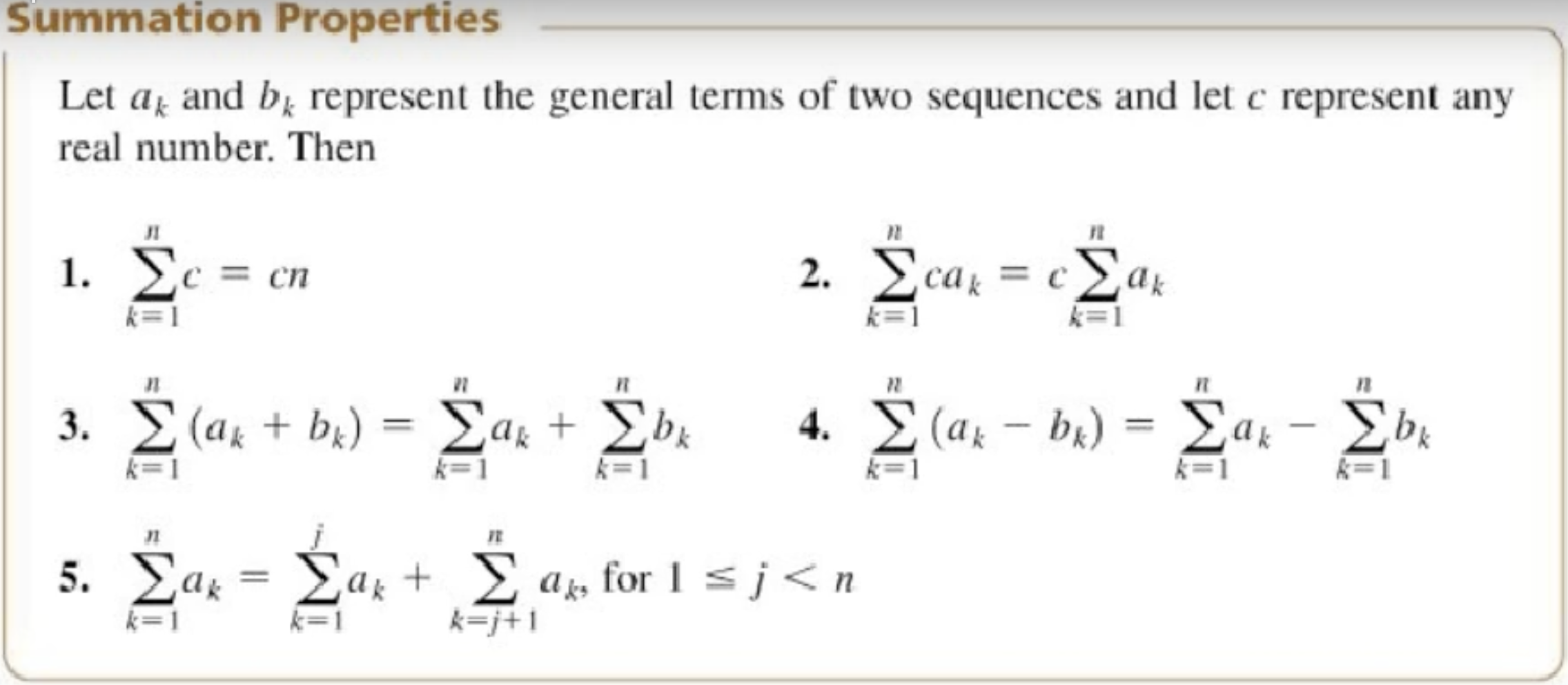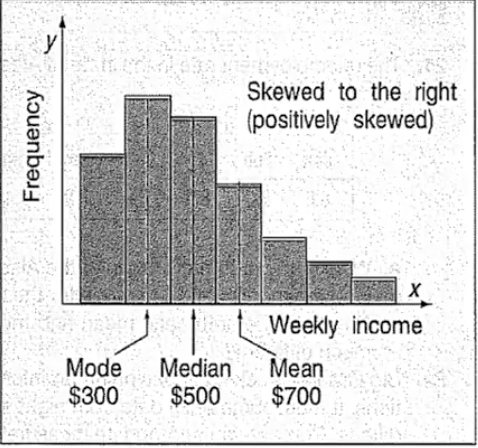Stat Econ Module 2
1/28
There's no tags or description
Looks like no tags are added yet.
Name | Mastery | Learn | Test | Matching | Spaced |
|---|
No study sessions yet.
29 Terms
Two numerical ways of describing data
Measures of Location
Measures of Dispersion
Measures of Location (Central Tendency)
Pinpoint the center of a set of values.
Considering only measures of __________ can lead to erroneous conclusions; dispersion provides crucial additional context.
Measures of Dispersion (Variation/Spread)
Describe the spread or variability of the data.
Population
all the possible values or observations
Sample
a subset drawn from a population
Population Mean
The sum of all values divided by the number of values.
Population Mean Formula
μ = (ΣXᵢ) / N
where…
μ = __________
(ΣXᵢ) = sum of all X values in the population
N = number of values in the population
Parameter
any measurable characteristic of a population
ex: the mean of a population is an example of this
Parameter vs. Statistic
Parameter is any measurable characteristic of a population.
Statistic is any measurable characteristic of a sample.
Sample Mean Formula
x̄ = (ΣXᵢ) / n
where…
x̄ = ________
(ΣXᵢ) = sum of all x values in the sample
n = number of values in the sample
Statistic
Measure based on sample data
ex: mean of a sample
Properties of the Arithmetic Mean
A mean exists for every set of interval or ratio-level data.
Includes all values in computing the mean.
A mean is unique for any given data set.
The sum of deviations from the mean is always zero: Σ(X- x̄) = 0
Summation Properties

Weakness of the Mean
Unduly affected by unusually large or small values (outliers), making it potentially unrepresentative.
Weighted Mean
Used when some values are more important than others. Each value is multiplied by its corresponding weight, summed, and then divided by the sum of the weights.
Ex: calculating for grades (where some are weighted more than others)
Weighted Mean Formula
(w₁x₁ + w₂x₂ + ... + wₙxₙ) / (w₁ + w₂ + ... + wₙ) = (Σwᵢxᵢ) / (Σwᵢ)
where…
the weight (w₁) of x₁ times x₁ plus the the weight (w₂) of x₂ times x₂… divided by the sum of the weights

Median
The midpoint of the values after they have been ordered from smallest to largest or largest to smallest.
Odd number of observations: The middle observation.
Even number of observations: The mean of the two middle observations. (May not be one of the original values).
Advantage: Unaffected by outliers
Mode
The value that appears most frequently in a data set.
Disadvantages
May not exist (no value appears more than once).
May have multiple modes (bimodal, multimodal).
Less frequently used than mean or median.
Mean = Median = Mode
for a symmetric mound-shape distribution
Skewed distribution
not symmetrical
positively skewed distribution
a data distribution where most values are concentrated on the left side of the graph; skewed to the right (looks like a p)
the arithmetic mean is the largest of the three measures because the mean is influenced more than the median/mode by a few extremely high values
the median is the next largest measure in a ___________
mode is the smallest

negatively skewed distribution
a data distribution where most values are concentrated on the right side of the graph (skewed to the left)
mean is the lowest of the three measures, influenced by a few extremely low observations
median is greater than mean
mode is the largest of the three

Mode is usually used for…
nominal-level data
Median is usually used for…
ordinal-level data
Mean is usually used for…
ratio-level data
Geometric Mean
useful for finding the average of percentages, ratios, indexes, or growth rates
ex: GDP which compound or build on each other
Geometric Mean Formula 1
n is the total number of terms (X) that are being multiplied
GM ≤ Arithmetic Mean
All data values must be positive

Geometric Mean vs. Arithmetic Mean
_________ uses addition and division to find the average of a set of numbers, while _________ uses multiplication and roots to find the average, particularly for growth rates or ratios.
The AM is suitable for additive data, while the GM is better for multiplicative relationships, such as investment returns or population growth, and requires positive numbers.
Geometric Mean Formula 2
to find an average percent increase over a period of time
ex: financial economics
